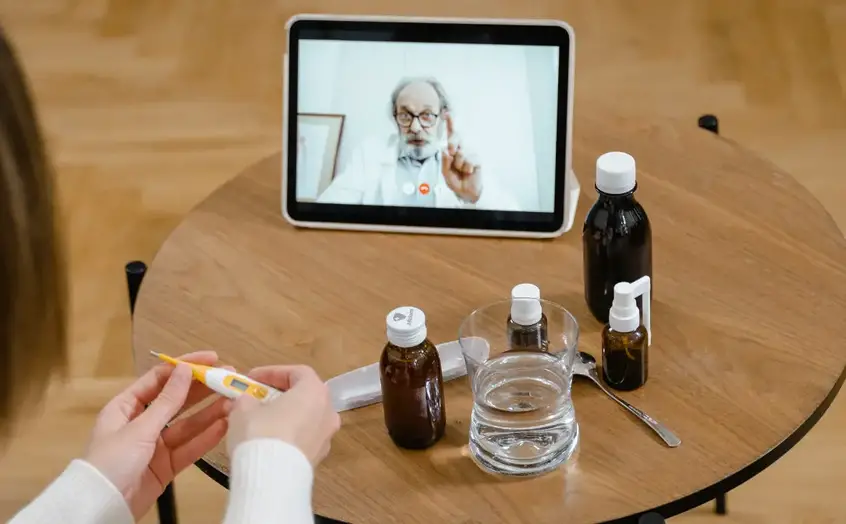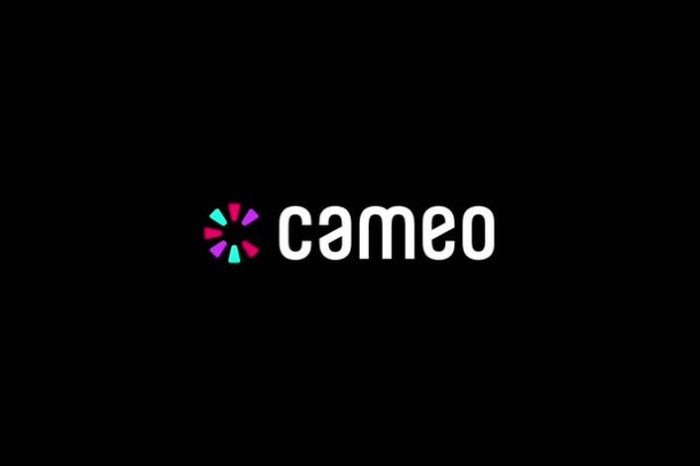It’s been a big year for the healthcare industry. As COVID-19 continued to push everyone to extremes, some remarkable innovations and advances came out of it. Healthcare technology has reached new heights, both in what it can do and how many organizations use it.
While the medical tech field is vast and diverse, a few specific trends rose above the rest this year. Here’s a look back on the five biggest healthcare technology trends of 2021 and how they could shape the future of medicine.

1. Telehealth
By far, the most significant healthcare tech trend of the year was telehealth. Technologies that let patients access medical care from anywhere became immensely popular as COVID made in-person hospital visits less appealing. Telehealth usage is now 38 times higher than it was before the pandemic, and it will likely keep growing.
Telehealth’s rapid adoption in the past two years is primarily because of COVID, but its potential goes further. When patients don’t have to travel or sit in waiting rooms, seeking medical attention is more manageable. Widespread use of these technologies can then break down economic barriers to quality healthcare.
Since these technologies are so much more efficient than in-person visits, they also let doctors see more patients in a day. Hospitals can capitalize on this tech to save more lives than ever.
2. Artificial Intelligence
Artificial intelligence (AI) has been growing in many industries, and healthcare is no exception. AI could analyze patient data to recommend treatment paths or make diagnoses, potentially revolutionizing medicine in the future. Some of its leading use cases in 2021, however, were more mundane but still highly beneficial.
Overcrowded and understaffed hospitals started using AI to automate tasks to help them run more efficiently. Two of the leading electronic health record (EHR) systems introduced voice-enabled digital assistants in 2020, leading to more AI use in 2021. While these may seem like minor improvements, and saved time in hospitals can save lives.
Some medical organizations also started using AI to predict how best to use their resources. As finances grew tight throughout the year, these analytics helped healthcare businesses handle their assets more efficiently and stay afloat.

3. Digital Twins
One less-publicized but similarly valuable technology that saw a rise in healthcare was digital twins. This technology was already growing before 2021, with many dental companies using 3D scans of patients’ teeth to customize aligners. It reached new heights in the past year, though.
According to one survey, 25% of healthcare executives experimented with digital twins this year. Similarly, 66% expect their investment in these technologies to grow in the next three years. That should come as no surprise, as digital twins let companies test new products, experiment with new layouts, and visualize procedures without expensive, slow physical processes.
Digital twins of an area or a patient could let medical professionals run infinite “what if” scenarios. After all of the surprises of the COVID-19 pandemic, that kind of preparation is hard to argue with.
4. Wearables
Wearables are one of the hottest technology trends in consumer circles, and the healthcare industry has started to jump in on them, too. These convenient devices make it easier for medical companies to gather patient data or deliver remote care. Users can also use them to take more control over their health.
The latest Apple Watches, for example, include heart monitoring and automatic alerts that trigger an emergency. Features like this give you more insight into your health and let you seek help faster if you need it. As telehealth becomes more common, hospitals can use these devices patients already have to communicate with them.
In the past year, more and more wearables came with built-in health features. They also come in more forms than ever, from smart rings to connected face masks. As these trends continue, healthcare will become more accessible and agile.
5. Cloud Computing
Despite the high-tech treatments they often use, healthcare organizations are notoriously behind the times with office and administrative equipment. That changed in 2021. Increased pressure from the pandemic drove many hospitals to embrace the cloud finally.
Cloud service providers helped this transition by offering new solutions. In late 2020, Google launched its Cloud Healthcare Interoperability Readiness Program, which provided templates, guidelines, and tools for implementing cloud systems. Offerings like this helped organizations unfamiliar with cloud technology leap into the digital age.
This shift will help hospitals in the future become far more efficient. The cloud enables faster, easier sharing of medical files, helping different healthcare organizations collaborate. It will also be easier to manage patient data and cut management costs.
2021 Was a Landmark Year for Healthcare Tech
No one would claim that 2021 has been an easy year, especially for the healthcare industry. Some positive changes did come out of these widespread challenges, though. Medical technology is now experiencing something of a renaissance, advancing at a remarkable pace.2021 saw many impressive changes to the medical tech space. These shifts will make healthcare more accessible, affordable, efficient, and effective than ever before. While the past year may have been the industry’s most significant challenge in decades, it may also be a turning point.










